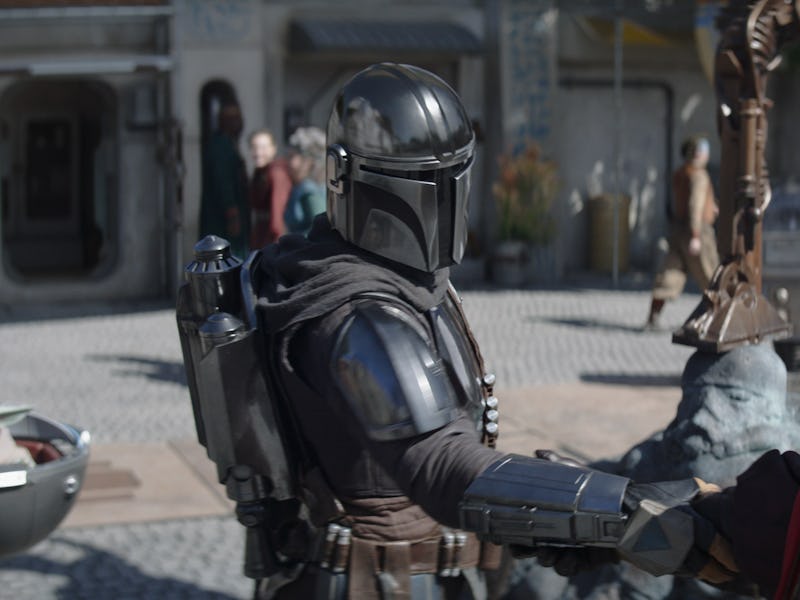Mandalorian Season 3 trailer commits a massive mistake Andor avoided
A widely critiqued visual effects tool rears its ugly head again.

The Mandalorian Season 3 trailer, released during Monday night’s NFL playoff game, introduced several new elements to the Star Wars universe and confirmed several fan theories. We will, in fact, see a huge number of Mandalorians, and Mando will head back to his home planet of Mandalore despite the mysterious and grim fate it suffered.
However, what would have been one of the biggest reveals wasn’t much more than an afterthought because of the work of Andor, which recently concluded its first season. Instead, the trailer just proved that The Mandalorian didn’t learn from Andor’s greatest idea.
Ask any hardcore Star Wars fan about visual effects in the Disney+ era of Star Wars storytelling, and they’re bound to mention The Volume. The Volume is an Industrial Light and Magic soundstage technology that provides a 360-degree LED wall, allowing for complex backgrounds to be implemented into the production instead of relying on a greenscreen.
It was cutting-edge technology when it was first used for The Mandalorian, but now you can see the tech everywhere, from the Marvel Cinematic Universe to House of the Dragon to Netflix’s 1899. However, its wider adaptation hasn’t been smooth. Now that the tech has been used for several years, fans are growing increasingly aware of how it can be used as a “crutch” that makes images look flat and dull.
The Mandalorian was initially innovative with its use of the Volume.
The Mandalorian trailer was not immune to this criticism, with the inclusion of Coruscant — which would have been a huge reveal before Andor made it a key location — critiqued by fans. In one key shot, we see the devious Dr. Pershing riding through the city, but it doesn’t look like the urban Coruscant scenes of the prequels and especially not of Andor, which didn’t use the Volume to capture the megacity. It just looked... bland.
Andor’s eschewing of the Volume technology was a risk, but one that definitely paid off. The environments, primarily shot on location or sets, all felt real and lived in, giving a grittier feel to the action that was unlike the often sanitized tone of other Star Wars projects. After you realize how often the Volume is used, it’s hard not to notice how often characters just stand in front of a background instead of interacting with it.
Dr. Pershing visits Coruscant in the Mandalorian Season 3 trailer, but compared to Andor he looks like he’s on a theme park ride.
Hopefully The Mandalorian Season 3 will go down as the dying pangs of The Volume as a workhorse technology. It’s a great tool for making sure the reflection on a helmet is accurate and for saving on post-production costs, but overuse is making it a very conspicuous piece of tech that probably won’t age well. The Mandalorian Season 3 was already in production when Andor became a surprise hit, so maybe the lessons Star Wars learned will be evident in future projects.
The Mandalorian may have been innovative when it started, but innovations are only good when they’re used correctly. Lucasfilm doesn’t need to throw the Volume out, but Andor is a shining example of how there’s really no substitute for reality.
The Mandalorian Season 3 premieres March 1 on Disney+.